When To Sow Bay Seeds: Tips For Growing Bay Tree Seeds
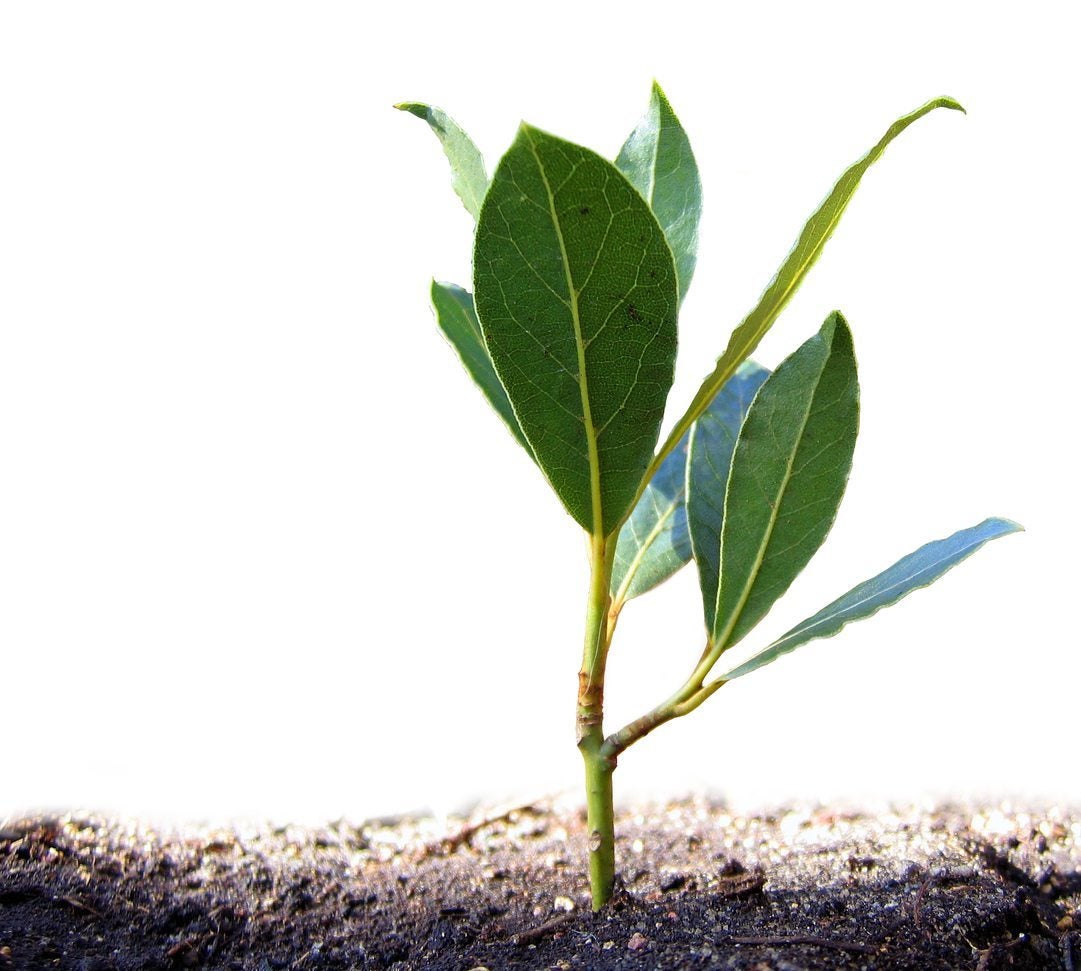
Sweet bay is a medium sized Laurel that hails from the Mediterranean. It is used primarily as a culinary herb, but historically it has been used medicinally. A component of bouquet garni, a French seasoning blend, bay lends itself well to soups, stews, and sauces. Usually, sweet bay is purchased as a seedling from a nursery, but growing bay tree seeds is also possible, provided the grower has some patience since bay seed germination is a slow process. Interested in planting bay seeds? Read on to find out when to sow bay seeds and information on how to grow a bay tree from seed.
About Planting Bay Seeds
Sweet laurel or bay (Laurus nobilis) is hardy to USDA zones 8 to 10, so those of us growing the plant outside these parameters will need to move the bay indoors when temperatures dip. The good news is that bay makes an excellent container plant. It can grow to 23 feet (7 m.) in height, but its size can be retarded by frequent pruning. It is also quite tolerant of pruning and training into topiary shapes which look gorgeous with the tree’s glossy green foliage. As mentioned, while not the usual method of propagation, growing bay tree seeds is possible, if at times frustrating. Why frustrating? Bay seed germination is notoriously long, up to six months. With such a lengthy germination period, seeds may rot before germination occurs.
When to Sow Bay Seeds
To hasten guarantee viable germination, never plant seeds that are dried out. Order your seeds from a reputable purveyor and when they arrive, soak them in warm water for 24 hours and then plant them immediately. Also, germinate multiple seeds to allow for germination failure and rotting. If you plan to harvest seeds from an existing tree, look for a female. Sweet laurels are dioecious, meaning that male and female flowers are borne on separate plants. In the spring, inconspicuous pale yellow-green flowers bloom followed by small, purplish black, oval berries. Each berry has a single seed found on mature female trees.
How to Grow a Bay Tree from Seed
Fill a seed tray with a layer of moist soilless seed mix. Spread the seeds out over the surface, keeping them about 2 inches (5 cm.) apart and press them gently into it. Cover the seeds with a bit more moist soilless mix. Dampen the medium with a spray bottle. Make sure to just lightly moisten, not saturate the mix or the seeds will rot. Place the seed tray in a warm area of around 70 degrees F. (21 C.) that gets up to eight hours of sun per day. Keep the seeds moist to slightly on the dry side as they germinate. Keep an eye on the progress of the seeds and be patient. It can take from ten days to up to six months for the bay seeds to germinate. Transplant the bay seedlings into pots or into the garden proper when leaves begin to appear.
Gardening tips, videos, info and more delivered right to your inbox!
Sign up for the Gardening Know How newsletter today and receive a free copy of our e-book "How to Grow Delicious Tomatoes".

Amy Grant has been gardening for 30 years and writing for 15. A professional chef and caterer, Amy's area of expertise is culinary gardening.
-
 Looking For Plants To Give You The Soft And Fuzzies? Try These 5 Fuzzy Leaf Plant Options
Looking For Plants To Give You The Soft And Fuzzies? Try These 5 Fuzzy Leaf Plant OptionsLovers of texture, drama, silver foliage and tactile plants will adore these special sensory garden additions. These fuzzy leaf plant options will leave you all aglow
By Susan Albert
-
 Get Ready For A Summer Of Hummers! Grow These Full Sun Hummingbird Plants and Flowers
Get Ready For A Summer Of Hummers! Grow These Full Sun Hummingbird Plants and FlowersIf you’re lucky enough to enjoy a sunny backyard, make sure you are maxing out on your pollinator opportunities and grow these full sun hummingbird plants and flowers
By Tonya Barnett
-
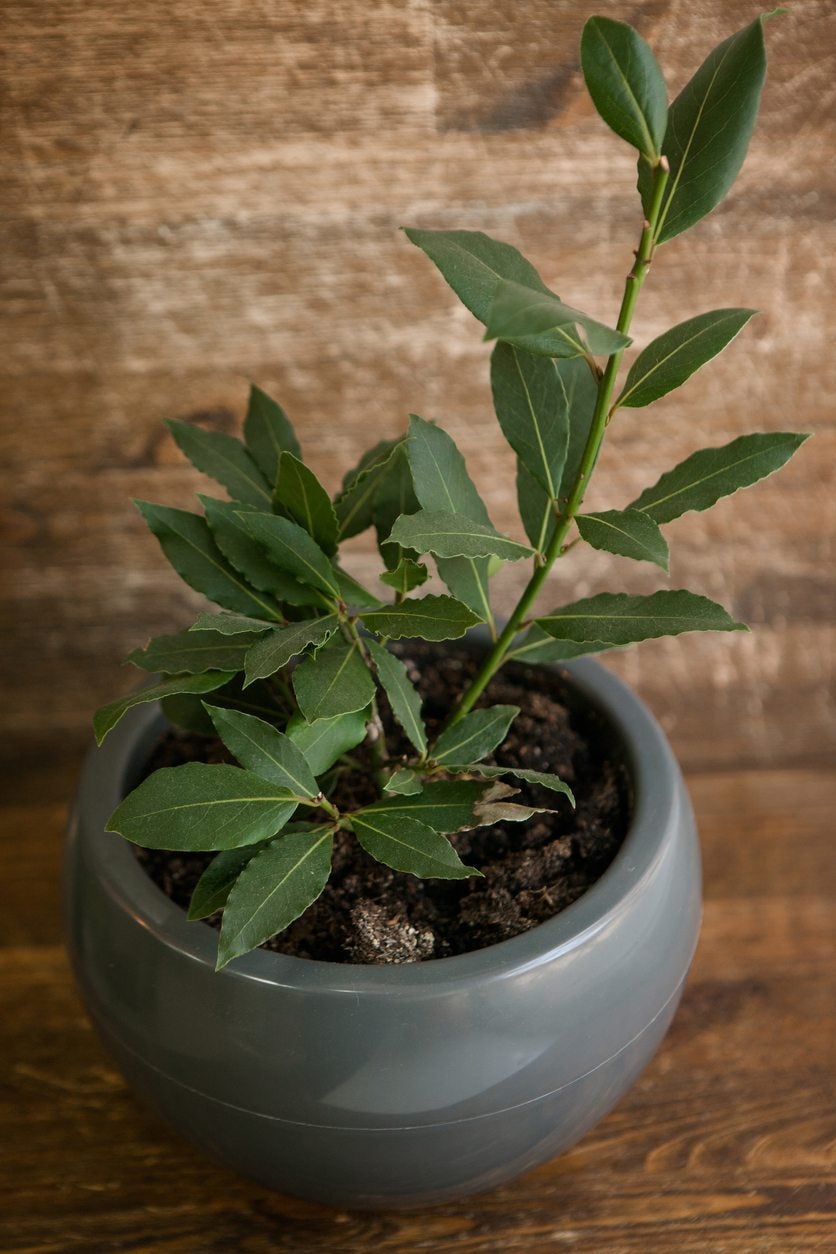 Bay Tree Propagation – Tips For Rooting Bay Tree Cuttings
Bay Tree Propagation – Tips For Rooting Bay Tree CuttingsOne mature bay tree will keep even the most dedicated cook in pungent bay leaves for a lifetime. But if you need more, it is not difficult to start growing a bay tree from cuttings. For more information on propagating cuttings from a bay tree, click here.
By Teo Spengler
-
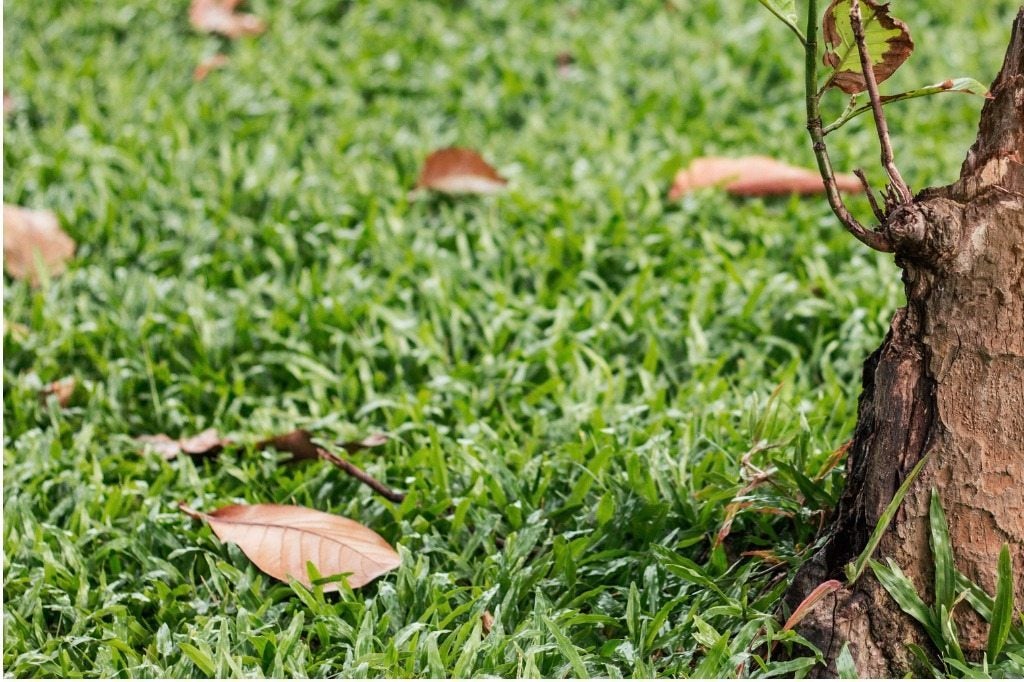 Bay Tree Leaf Drop: Why Is My Bay Losing Leaves
Bay Tree Leaf Drop: Why Is My Bay Losing LeavesBay laurel is one of the most impressive looking among the culinary herbs. Although it?s pretty sturdy, once in a while you may run into trouble with dropping bay leaves. Click this article to learn about bay trees dropping leaves.
By Kristi Waterworth
-
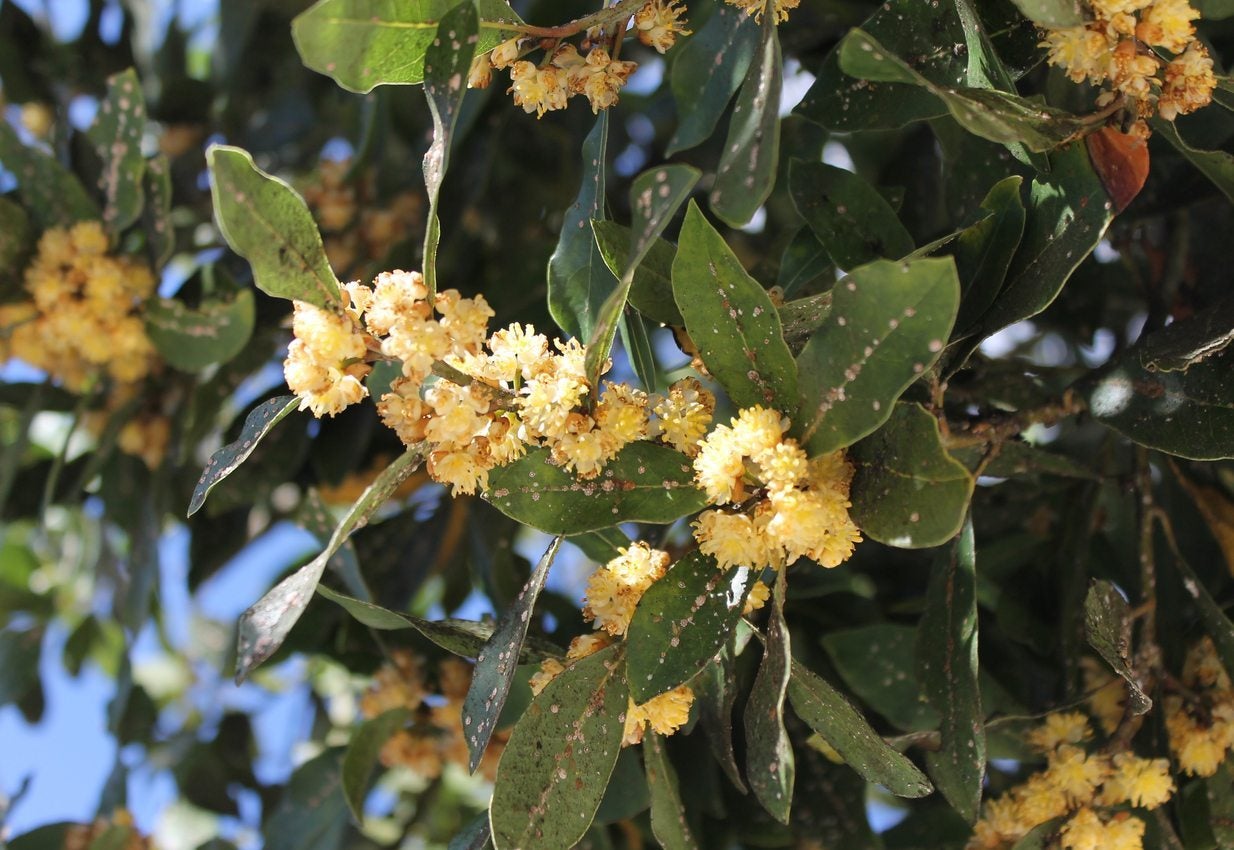 How To Treat Bay Pests : Dealing With Pests On A Bay Tree
How To Treat Bay Pests : Dealing With Pests On A Bay TreeMost bay tree insects are foliar feasters, but there are a few boring insects that can cause damage to the trunk and twigs. Click on the following article to find out how to treat bay pests in a safe and non-toxic manner.
By Bonnie L. Grant
-
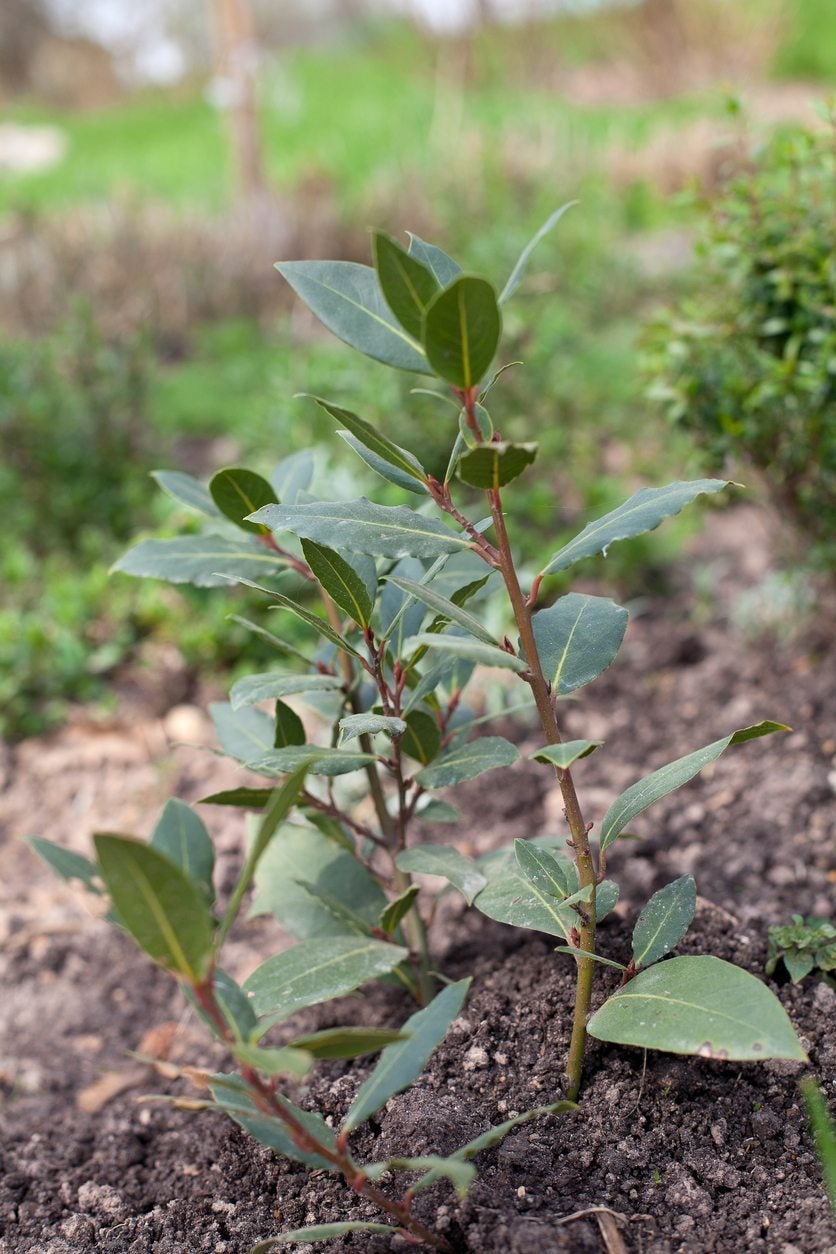 Diseases Of Bay Trees : How To Treat A Sick Bay Tree
Diseases Of Bay Trees : How To Treat A Sick Bay TreeBay is an easy-to-grow plant but is susceptible to a few diseases, many of which create problems on foliage, the part used in cooking. Preventing these diseases can help protect both the plant and your secret recipe ingredient. Learn more in this article.
By Bonnie L. Grant
-
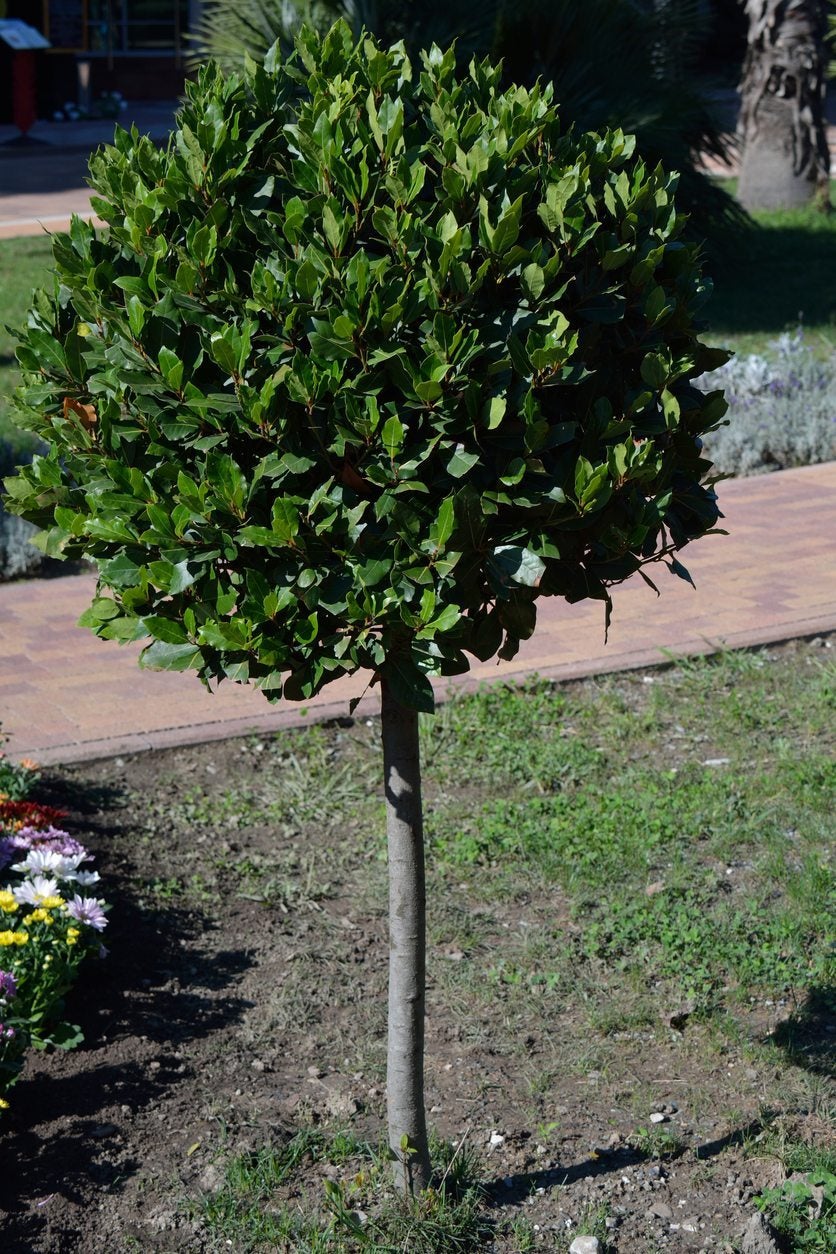 Bay Tree Transplant Tips: How To Transplant Bay Trees
Bay Tree Transplant Tips: How To Transplant Bay TreesBay laurel trees are small evergreens with dense, aromatic foliage. The leaves are often used for flavoring in cooking. If your bay tree has outgrown its planting site, you may be wondering how to transplant bay trees. Click here for information that can help.
By Teo Spengler
-
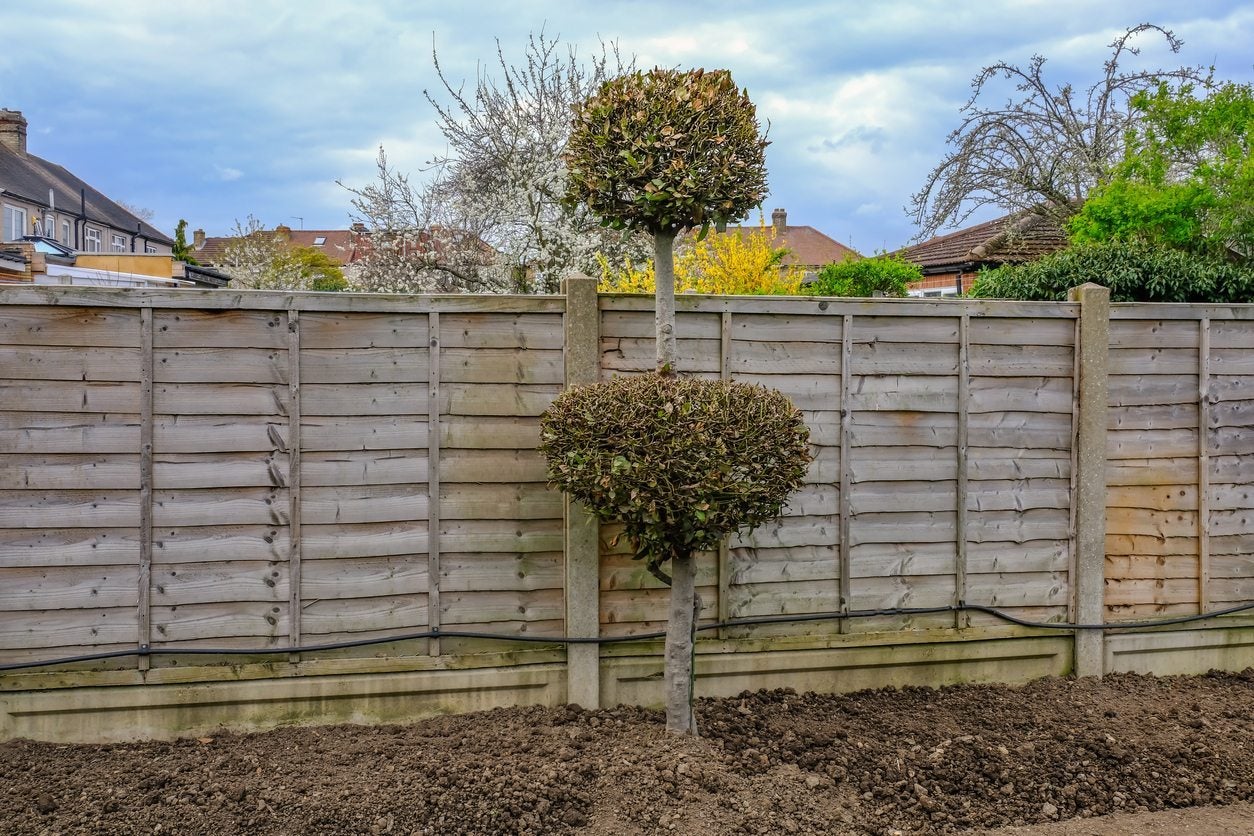 How To Prune A Bay Tree – Tips For Cutting Back Bay Trees
How To Prune A Bay Tree – Tips For Cutting Back Bay TreesBay tree pruning is not strictly necessary for the health of the tree, but the trees readily accept light or severe pruning, including pruning bay trees into topiary shapes. Learn how to prune bay laurel trees in this article.
By Teo Spengler
-
 Harvesting Bay Leaves: When To Pick Bay Leaves For Cooking
Harvesting Bay Leaves: When To Pick Bay Leaves For CookingAlmost everyone should be picking their own bay leaves; of course, you need to know when to pick them. Is there a specific bay leaf harvest time of year? The following article contains information on harvesting bay leaves.
By Amy Grant
-
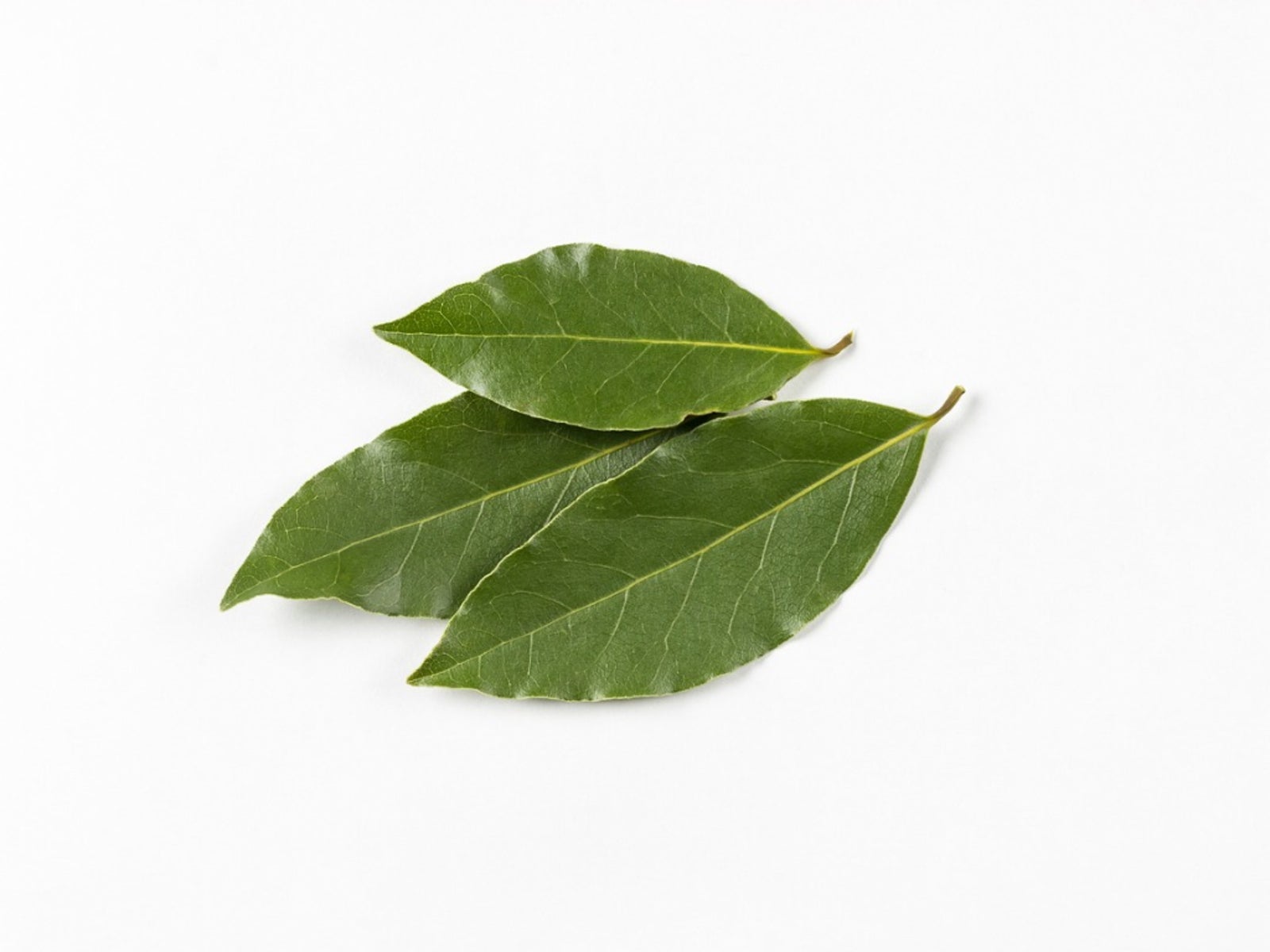 Are Some Bay Leaves Toxic – Learn Which Bay Trees Are Edible
Are Some Bay Leaves Toxic – Learn Which Bay Trees Are EdibleThe delightful Mediterranean bay tree has a reputation for being toxic. What?s the real truth about bay leaves? Are they poisonous? Which bay trees are edible? Can you cook with all bay leaves, or are some bay leaves toxic? We?ll explore the issue in this article.
By Mary H. Dyer